
About Andrew Cusack
 Writer, web designer, etc.; born in New York; educated in Argentina, Scotland, and South Africa; now based in London.
Writer, web designer, etc.; born in New York; educated in Argentina, Scotland, and South Africa; now based in London. read more
News
Blogs
Reviews & Periodicals
Arts & Design
World
France
Mitteleuropa
Knickerbockers
Argentina
The Levant
Africa
Cape of Good Hope
Netherlands
Scandinavia
Québec
India
Muscovy
Germany
Academica
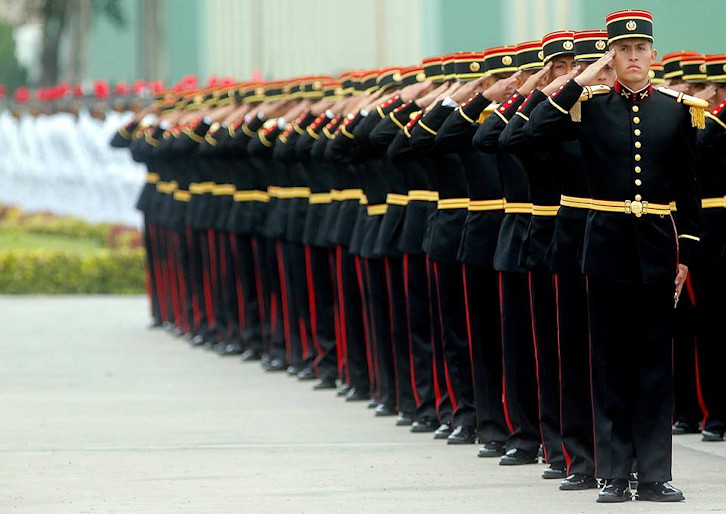
Best Foot Forward in Peru
A return to tradition for the Peruvian armed forces
One of the results of Peruvian voters electing the left-wing nationalist Lt Col Ollanta Humala as the president of their republic in 2011 has been a renewal of the traditions of the country’s armed forces – under this Excelentísimo Señor Presidente there has been a return to a much more traditional style of military uniform. A long decline in standards only accelerated during the first presidency of the liberal Alan García (1985-1990) who altered the Changing of the Guard at the Government Palace, while his populist successor Alberto Fujimori had the more pressing task of defeating an insurgency to turn his attention to such matters.
It’s often alleged that cultural trends in the Americas have long been riven by a conflict between one tendency favoruing European influences against another which favours national or indigenous inspiration. This dichotomy seems false, as the Americas are at their best when they take the finest in the European tradition and develop it in a new way with the addition of more local flavours.
In the nineteenth century, however, the European was in the ascendant, and particularly in South American militaries which relied upon European advisors to update and train their armed forces. Countries like Colombia and Chile imported Prussian advisors, which has given their militaries a Teutonic air to this day (viz. Colombia’s pickelhaube and Chile’s parada militar).
In Peru, however, it was the French who were brought in to bring the army up to speed, and that lasting influence is obvious from the uniforms seen here at a recent passing-out ceremony at the Escuela Militar de Chorrillos attended by the President. No pickelhaube here, the kepi reigns supreme.
It’s not turning the clock back: it’s choosing a different future.
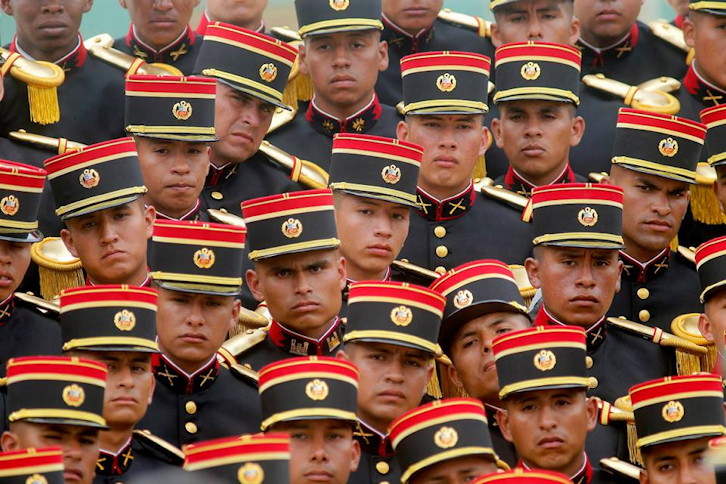
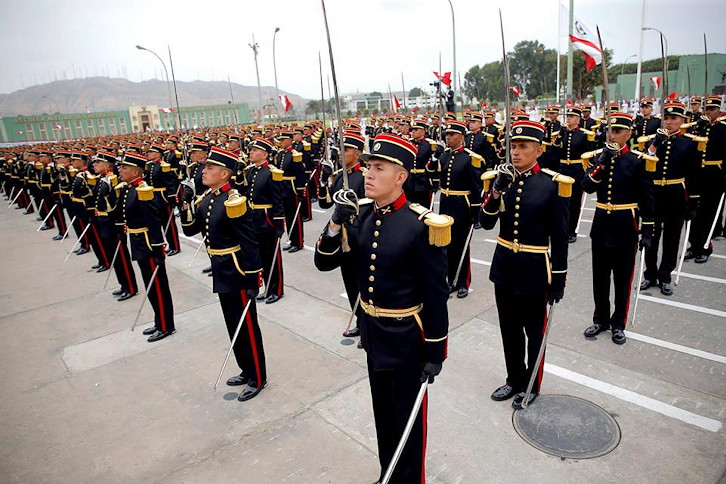
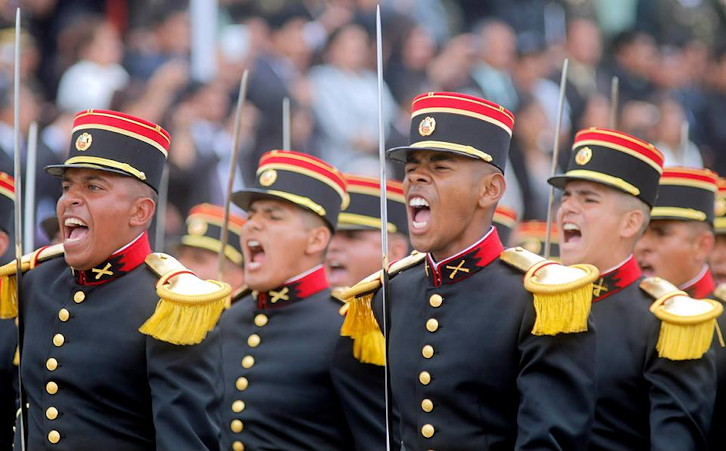
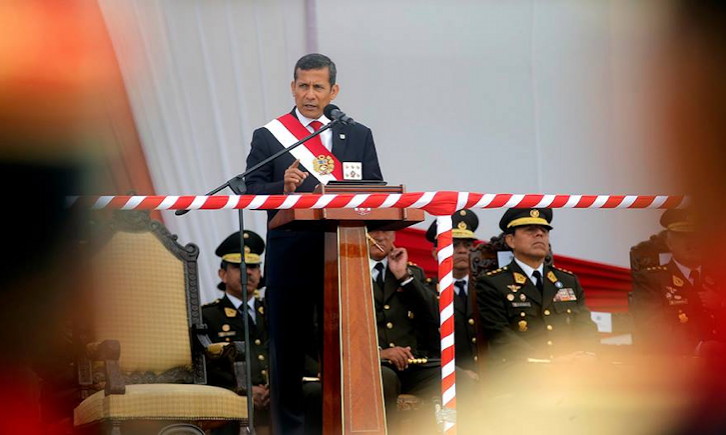
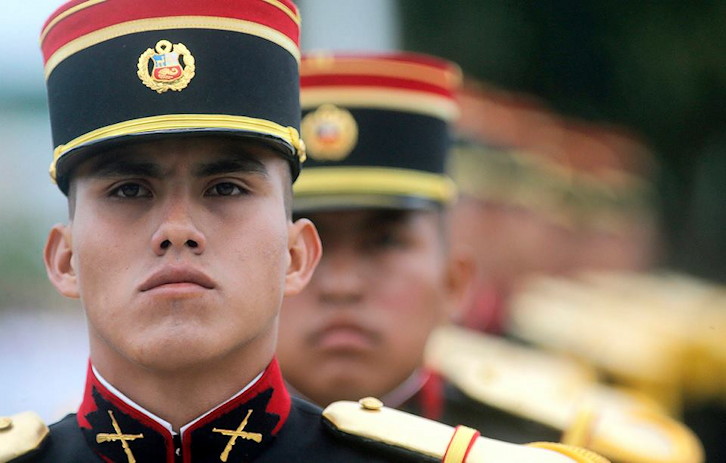
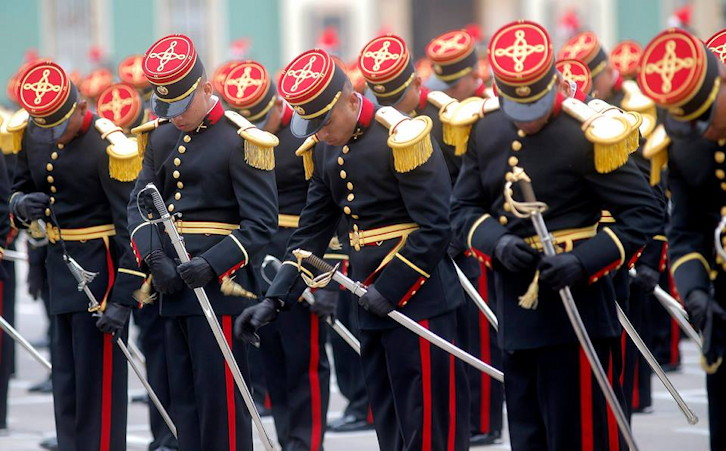
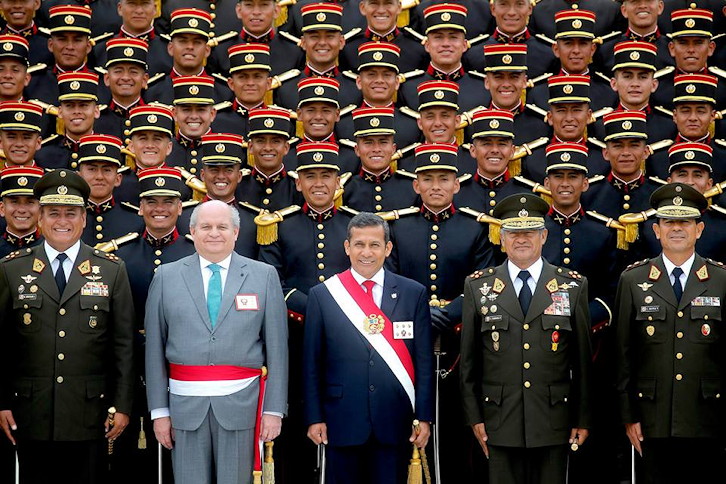
Search
Instagram: @andcusack
Click here for my Instagram photos.Most Recent Posts
- Gellner’s Prague December 19, 2024
- Monsieur Bayrou December 18, 2024
- Dempsey Heiner, Art Critic December 17, 2024
- Vote AR December 16, 2024
- Articles of Note: 12 December 2024 December 12, 2024
Most Recent Comments
Book Wishlist
Monthly Archives
Categories



El Presidente is not your conventional “left wing” Latin president. When he ran against Alain Garcia in 2006 he positioned himself as a Chavista, and lost. At his second attempt, he moderated his position significantly, and won by a whisker against the daughter of former president Fujimori. As president, he has been even more moderate, with some surprising consequences. His father and sister have disowned him for having “betrayed” socialism; one of his brothers ran against him in the election, and another brother is in jail for having kidnapped a dozen police officers and murdering two of them. In 2000, then-Colonel Humala attempted a coup d’état against Alberto Fujimori, who himself languishes in jail today, but Ollanta was later pardoned, thus enabling him to run for president. As president, he has attempted to follow a middle-of-the road policy in turbulent times. It is a pity that the Peruvian constitution prevents him from running for an immediate second term.
The Indonesian presidential guard (Paspampres) seems to have adopted a ceremonial uniform inspired by the uniforms worn by the Dutch colonial army at the beginning of the 20th century (including Dutch kepi). I think that’s rather remarkable, as there is little historical continuity between the Indonesian army (TNI) and the Dutch colonial one (KNIL) – the two fought each other during the Indonesian war of independence. Other TNI uniforms seem to be based on the American pattern rather than on the Dutch one.